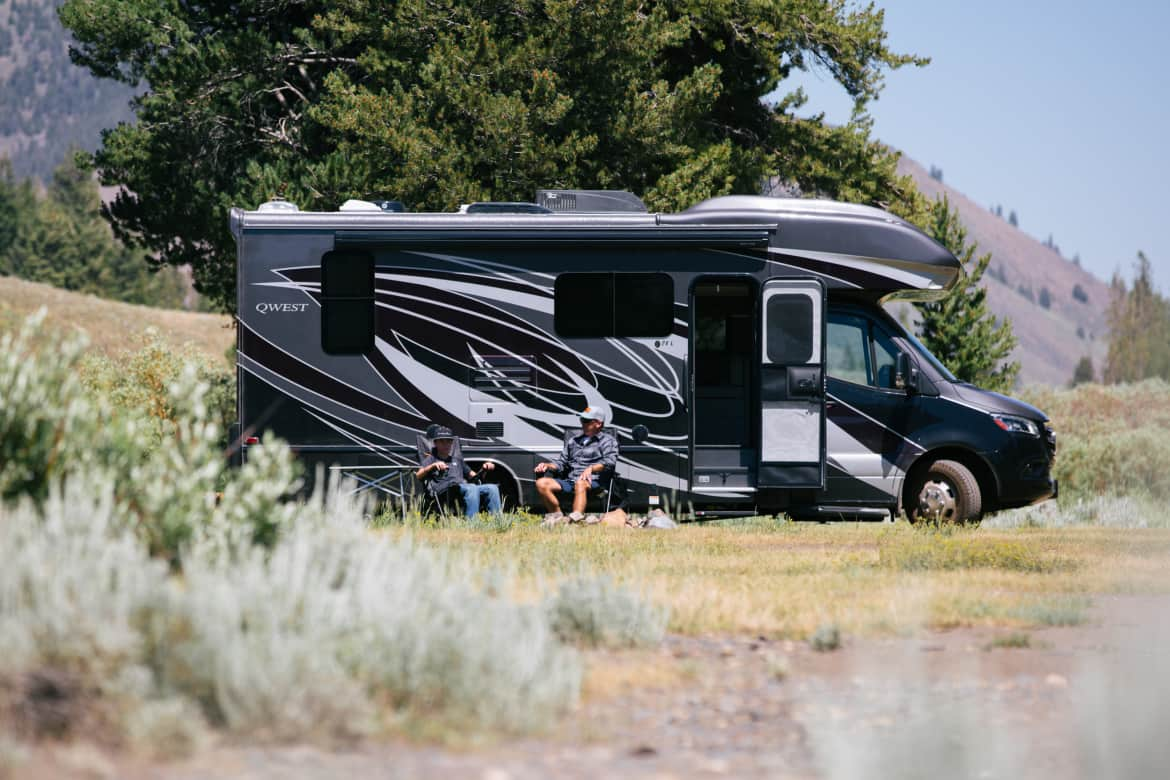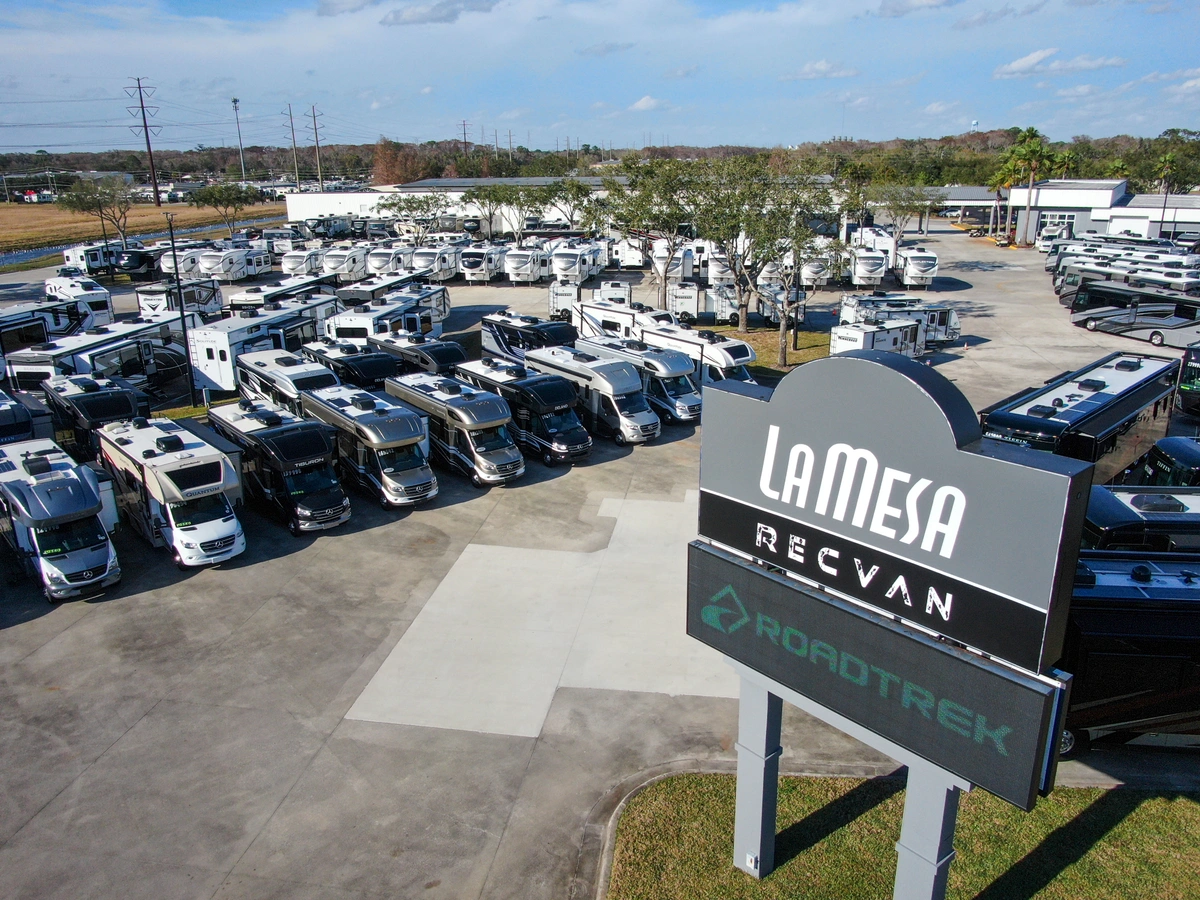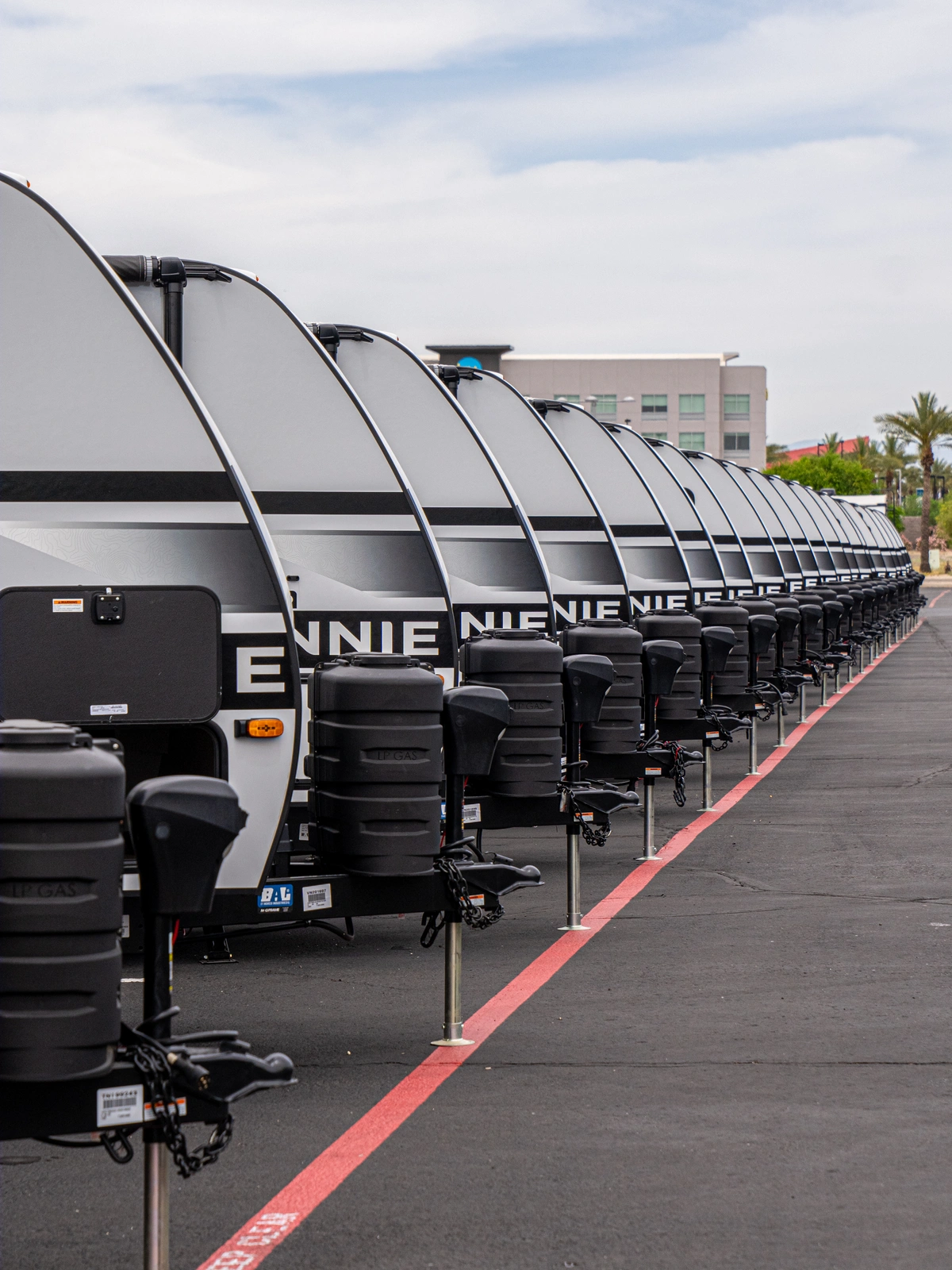If you're just starting out in the world of RV travel, you may still be trying to find your way. With new elements think about and plan for, it can be easy to make a few rookie mistakes that could end up throwing a wrench in your experience. With a bit of prior knowledge and some helpful tips from seasoned travelers, you can avoid these common new RVer mistakes and have a great time on your RV adventures.
Below we'll discuss important tips that will help ensure that your next RV travel goes as smoothly as possible. So, what are you waiting for? Read on to learn how to avoid common mistakes on your next RV trip!
Guest Post by The Adventure Detour
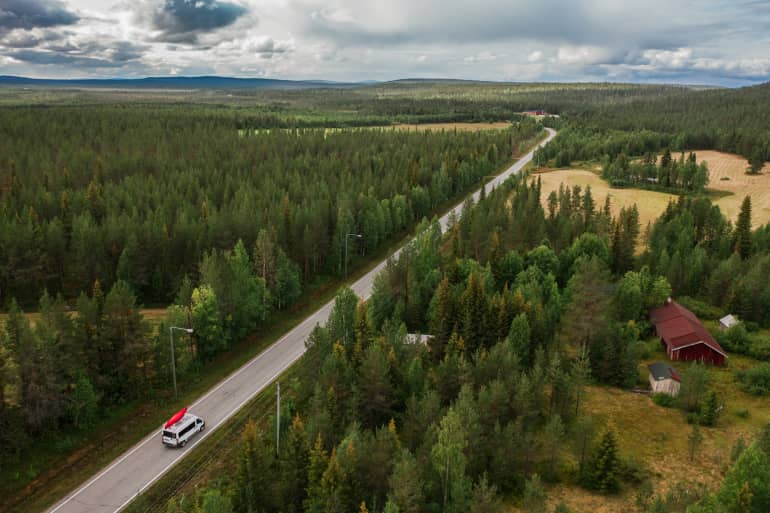
There is a Learning Curve to RVing
There is definitely a learning curve to RVing that should not be overlooked. Even experienced campers who are familiar with the basics can find themselves caught up in the details involved in planning and executing an RV trip. From budgeting and packing supplies to understanding the nuances of each campsite, it's easy to make mistakes when just getting started with RVing.
The Best Way to Learn how to RV is to Get Out There
No matter how much research and reading you do ahead of time, there is no substitute for just getting out there and learning from first-hand experience. Every new RVer will inevitably find themselves making some mistakes while they're learning the ropes, but that's all part of the experience. The best way to learn how to RV is to do some research by reading through our blog, then set your next destination, and get ready to learn as you go.
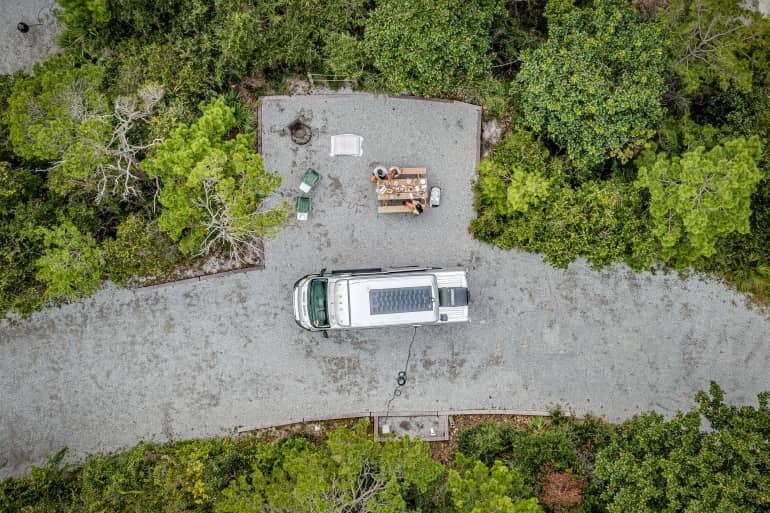
Avoid these Common Mistakes while RVing
Even though almost everyone makes mistakes when beginning RVing, it helps to avoid the most damaging mishaps. Our guide to Preventive Maintenance for your RV is also a great resource to come back to when RVing. Check out these common RVing mistakes to avoid expensive repairs and unneeded stress.
Not Using a Surge Protector and Water Regulator
It is very important always to use an RV power surge protector and water pressure regulator when connecting an RV to campsite hookups. Not doing so can lead to damage to the electrical systems, appliances, and other components in the RV. Surge protectors help keep voltage and amperage levels consistent, which prevents components from being damaged by high power spikes and fluctuations. Many RVers worry about high voltage or surges, but low voltage can also damage sensitive RV electronics.
Water pressure regulators help to protect the RV's plumbing system by keeping the water pressure within safe levels, preventing damage to hoses, fixtures, and appliances. Many campgrounds have water pressure that is often low, but sometimes campgrounds can have water pressure that is too high for your RV pipe fittings. Pressure surges or too high campsite water pressure can damage your RV plumbing system and can result in water damage inside your RV.
Not Staying up on RV Roof Maintenance
Water damage is the enemy of every RV. It's important for an RVer to inspect the roof often. Look for any roof tears, punctures, or separations in the roof caulking or lap sealant. If you see any cracking or separating, it's important to take care of it right away to prevent water damage. Check with your RV manufacturer to find out what type of roof your RV has and which products are recommended to use on your roof.
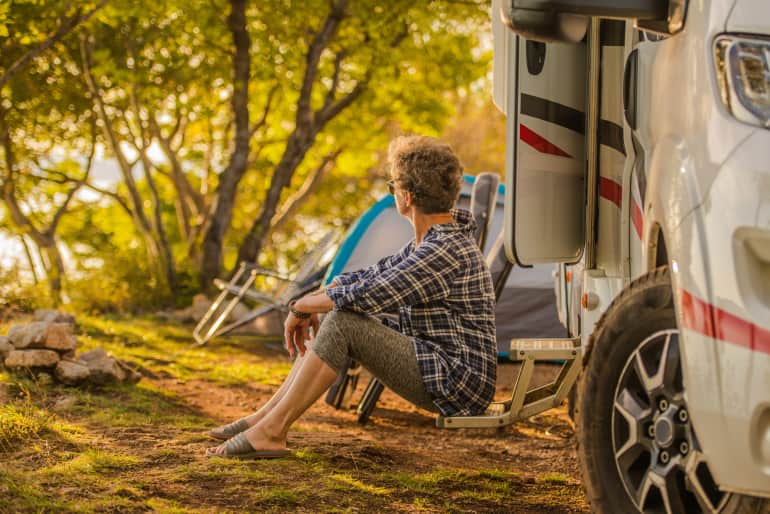
Neglecting RV Tires
Tires are extremely important for the safety of your RV. If you have no-name tires or tires that are more than three years old, then it may be time to replace or upgrade them. Blowouts on RV tires are very common, and they can be both unsafe and cause a lot of damage to your RV.
Avoid RV tire issues by checking tire pressure and lugnut torque before the start of every RV trip and on each RV travel day. We carry a small air compressor to make topping off tire pressure more convenient since we travel so often. Also, keep speeds low when driving or towing your RV. Some RV tires aren't speed-rated, the same as car tires. Higher speeds can heat up the tires, and they are more prone to blowouts. Slow and easy is safer on RV travel days. Also, prevent overloading your RV with cargo. Too much weight can lead to tire issues.
Forgetting About the Rear Swing
On towable RVs, there is an issue that some new RVers find out sadly the hard way. When you turn while towing an RV, the opposite rear corner of the RV kicks out and can hit something within your path. For example, if you are turning right, the left rear of the trailer has a rear swing. This can result in hitting a parked car, pole, or gas pump if you aren't prepared for this.
The trailer rear swing is more pronounced in larger 5th wheels and travel trailers. It always helps to take your trailer to an empty parking lot and practice turning and backing up. When a campground is tight, use a spotter if possible or even ask the campground for help if needed. It's always better to be safe than sorry. Once you get a little practice in turning and backing up, you will be a pro in no time!

Not Paying Attention to Low Clearance Hazards
One of the first things to find out when you get your RV is the height. This should be listed in your RV user manual or can be found by contacting the manufacturer. Knowing your RV height can be very important when dealing with low-clearance bridges. Consider using an RV GPS, truck atlas, or RV app to plan your travel routes to avoid low clearances. Many RV travel apps like RV Life, as well as RV GPS systems, allow you to add in your RV height to create routes that have the right clearance for your rig.
Many people only think about bridges when they think about low clearance. However, RVs are often damaged by low trees and gas station canopies. Gas stations are a common place for RV damage. This is due to the rear trailer swing we mentioned above or unmarked low gas pump canopies. To prevent RV damage at gas stations, it is helpful for larger RVs to use truck stops for gas.
Leaving the Awning Out
We sadly see awning damage all the time in the campgrounds we stay at. Storms and wind can kick up quickly, and it doesn't take much to bend an awning arm or rip an RV awning. The wind is the biggest cause of RV awning damage, but rain can also quickly bring down an awning.
RVers often like to leave awnings out in the rain, but if the rain pools on the awning, the weight of the water can collapse the awning. If it isn't windy and you would like to leave your RV awning out in the rain, it is a good idea to tilt your awning to one side by adjusting the arms. This will allow the water to run off versus pooling on the awning.
It is a good idea to always bring your awning in before going to bed at night or before leaving your campsite. This way, you won't have to worry about changing weather while you are away. Some RVers choose to tie down awnings which can also help, but a tied-down awning can still suffer damage if there is a big storm.
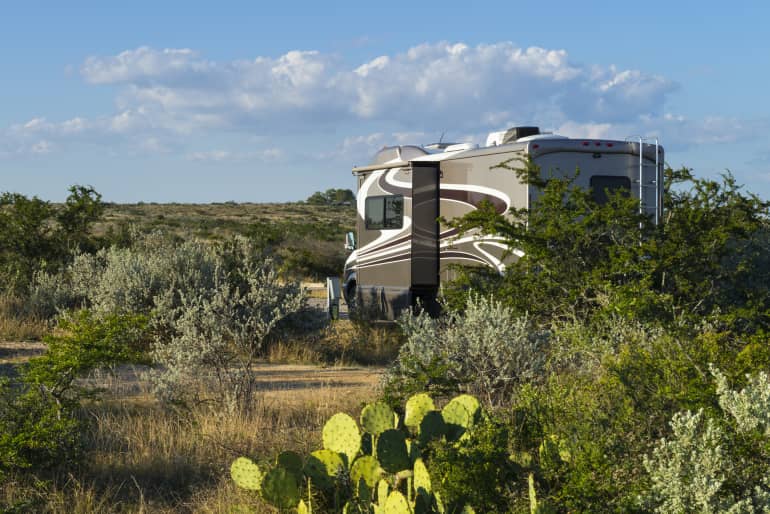
Not Looking out for RV Slide Obstacles
When you pull into a campsite, it's important to look out for any obstacles before putting out your RV slides. Look around and also up to make sure there are no trees, poles, picnic tables, rocks, or even campsite utility hookups in the path of your slides. It can be easy to overlook this when you are busy parking the RV and setting things up, but this mistake can lead to quite a bit of damage.
The easiest way to ensure you don't have any slide damage is to measure how far each slide comes out and store this information on your phone or with the tape measure. This way, once you pull into the campsite, you can quickly measure to make sure you have plenty of room before putting the slides out.
Overpacking
One of the most common mistakes new RVers make is packing too much for their trip. Loading up on unnecessary items only adds weight and bulk, making it more difficult to maneuver your RV and potentially exceeding its capacity limits. Before you hit the road, ensure you're only bringing the essentials plus a few creature comforts that won't take up too much space.
By following these tips, you can avoid making the most common mistakes that new RVers make. With a bit of planning and preparation, your next camping adventure will be sure to go off without a hitch! So, what are you waiting for? Get out there and start exploring in your RV!
Looking for a new or used RV? La Mesa has the selection to help you find just what you are looking for. Stop by for a visit today!
Scott, his wife Van, and their 12-year-old daughter Sissy have traveled full-time in their RV for 7 years. They have worked and homeschooled on the road through 42 states so far. They blog about RVing tips, travel destinations, and the full-time RV lifestyle on their blog,theadventuredetour. They are also RV content creators @theadventuredetour on Instagram, TikTok, and Facebook. They love connecting with RVers, so be sure to reach out to them and say hi!
